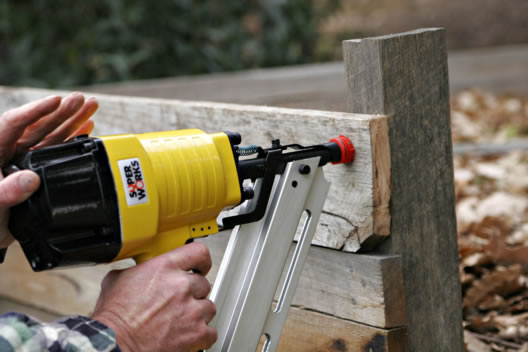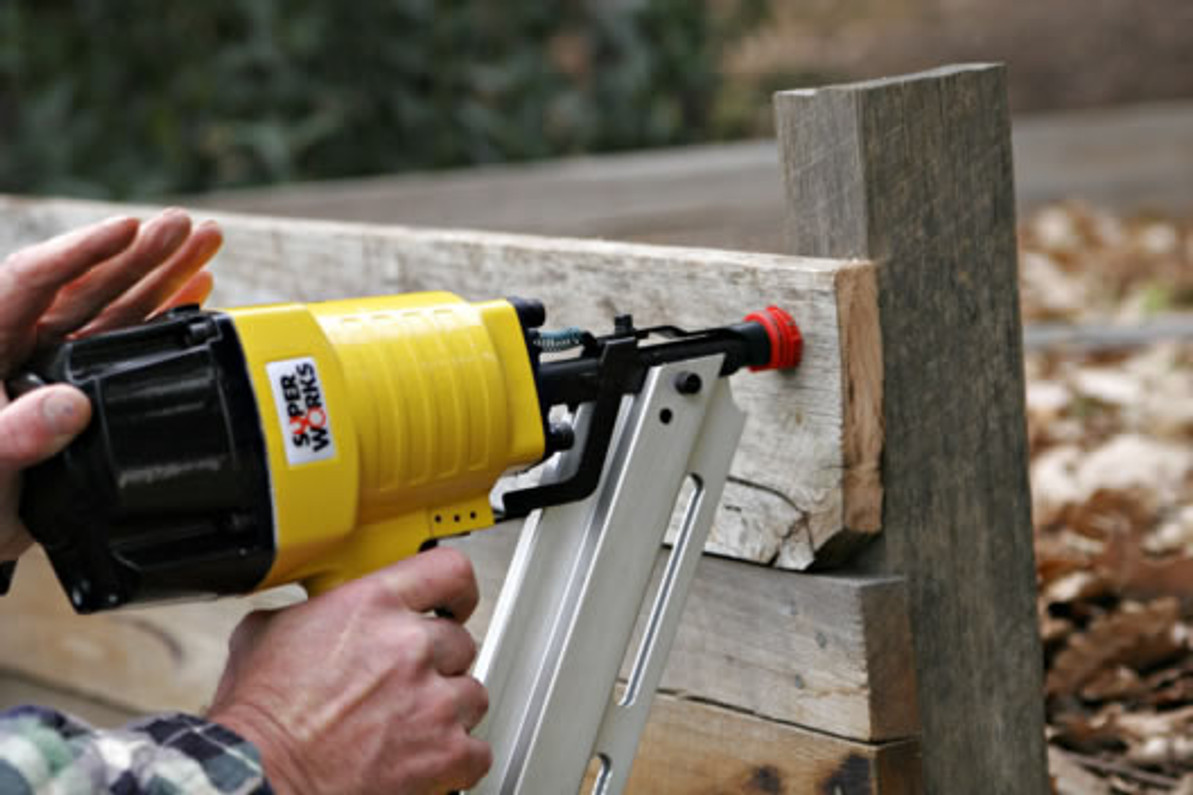Nail Gun Safety: What You Should Know

Nail guns first entered the commercial market over half a century ago in 1950s. Today, there are dozens of different models available, including pneumatic, butane and propane-powered. However, they all serve the same basic purpose: to drive nails into wood and other suitable materials. Like all power tools, though, there's an inherit risk of injury when using a nail gun.
How Common Are Nail Gun Injuries
Each year, thousands of workers are injures as a result of improper nail gun use. The Centers For Disease Control and Prevention (CDC) reports that roughly 42,000 are admitted to hospital emergency rooms each year for nail gun-related injuries, 40% of which occur to consumers, while the remaining 60% occur to workers. To put the problem into perspective, it's believed that the rate of nail gun injuries in the United States has tripled from 1991 to 2005.
Most nail gun-related injuries involve the hands, fingers and feet, although there have been numerous reports of injuries involving arms, legs and body as well.
Muzzle Safety
All nail guns manufactured and/or sold in the U.S. must adhere to strict federal guidelines which requires them to have a muzzle sensor. Basically, this sensor prevents the nail gun from firing unless direct pressure is placed on the sensor (located at the tip). This prevents users from accidentally firing the nail gun.
If you're in the market for a new nail gun, double check to make sure it contains this safety feature. Even though federal guidelines require all nail guns to feature a muzzle sensor, older models may lack this critical feature.
Safety tips to follow when operating a nail gun:
- Beware of the kickback created by a nail gun. It may not yield as much force as a firearm, but nail guns produce some kickback when fired.
- Nail guns should only be used on objects, surfaces and materials that are capable of holding nails.
- Businesses that use nail guns on a regular basis should train workers on how to use them.
- Employers should also train workers to report nail gun related injuries.
- Nail guns should be cleaned, oiled and properly maintained to reduce the risk of injury.
- Wear gloves and shatter-proof goggles/eyewear when operating a nail gun.
- I'm sure this common sense to most people, but nail guns should never be pointed at another worker or person.
- Do not attempt to modify a nail gun in any way, shape or form unless instructed in the owner's manual.
Recent Posts
-
Fire Safety in the Workplace: What You Need to Know
What steps are you taking to prevent fires in your workplace? According to the U.S. Occupational Saf …Aug 23rd 2023 -
Is It Safe to Go Jogging With a Cold Infection?
If you're suffering from a cold infection, you might be wondering whether it's safe to go jogging. T …Aug 22nd 2023 -
5 Safety Tips to Follow When Using a Powder-Actuated Tool
Powder-actuated tools are commonly used to join materials to steel and concrete. Also known as Hilti …Aug 20th 2023




